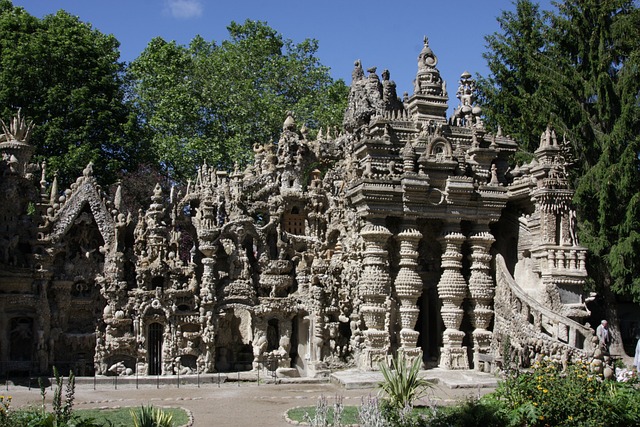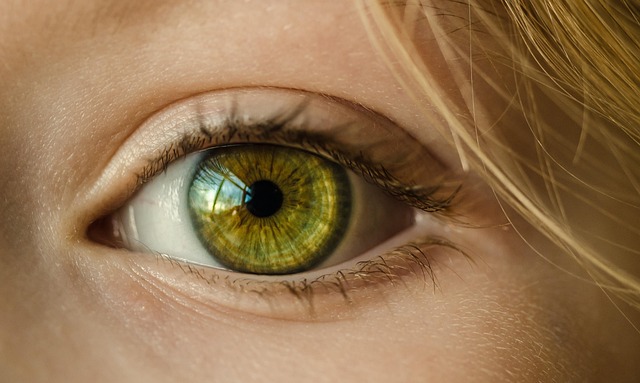In the vibrant world of painting, where strokes of color dance across the canvas, the concept of ideals takes on a life of its own. Artists have long sought to capture not just the visual essence of their subjects but the deeper emotional and philosophical truths that lie beneath the surface. This exploration often blends the realms of art and design, leading to pieces that resonate with viewers on multiple levels.
When we discuss ideals, we invite an intricate dialogue about the intention behind each brushstroke, each hue. A painter’s ideals can be reflections of their experiences, societal observations, or even a yearning to convey beauty and truth in a chaotic world. Take, for instance, the Impressionists, who departed from strict realism to embrace a more subjective approach. They painted not just what they saw but the feeling of a moment—the play of light on water, the laughter of friends in a sunny park.
In the realm of design, ideals manifest through the principles of balance, harmony, and unity. A well-designed artwork creates not only a visual feast but also a narrative that invites the observer to delve deeper. Each element is meticulously planned, drawing the viewer’s eye and stirring their emotions. The integration of design within painting is critical; it provides a framework that helps convey complex ideals. A chaotic composition may reflect inner turmoil, while symmetry might imply peace or order.
As we explore these ideals within the context of painting, let’s consider how modern artists implement their visions. Today’s talented painters frequently blend multiple styles, drawing upon history and their personal experiences to craft unique perspectives. This blend can evoke nostalgia, challenge conventions, or provoke thought, inviting viewers to engage with the artwork on a more profound level.
In a sense, each painting serves as a bridge between the artist’s inner world and the external observer. The use of color and form can amplify the message or statement the artist hopes to convey. For example, bold colors might represent passion or aggression, while softer pastels might reflect calmness and serenity. These choices are not arbitrary; they stem from the ideals that drive the artist’s vision.
Moreover, the dialogue between painting and design extends beyond aesthetics. It implores us to consider the impact of art on society and culture. From the political statements in street art to the subtleties of fine art that challenge societal norms, the ideals expressed through painting can inspire change and provoke thought. Artists are the voices of their times, using their canvases as platforms to reflect, critique, and envision a world that is often at odds with reality.
Ultimately, engaging with painting invites a personal interpretation of what these artistic ideals mean to each of us. Every viewer brings their own experiences and perspectives, creating a dynamic interaction with the artwork. This is the beauty of art: it transcends language and culture, allowing each person to find meaning in ways that are uniquely their own.
As we continue to explore the intersection of art and design, let us embrace the somewhat chaotic yet beautifully intricate world of painting. It is here, amidst the vibrant colors and profound ideals, that we discover the powerful capability of art to connect, challenge, and inspire.



